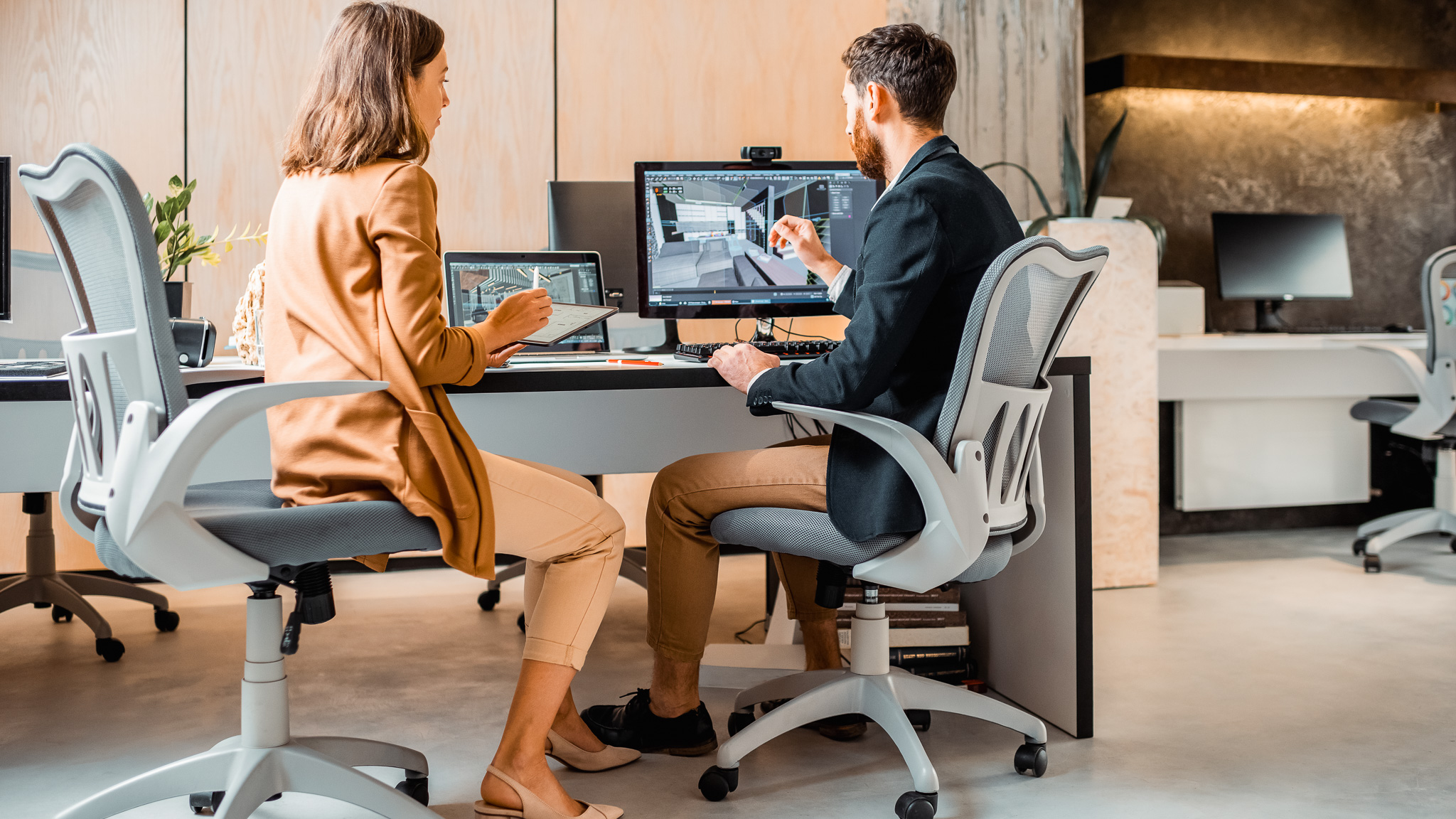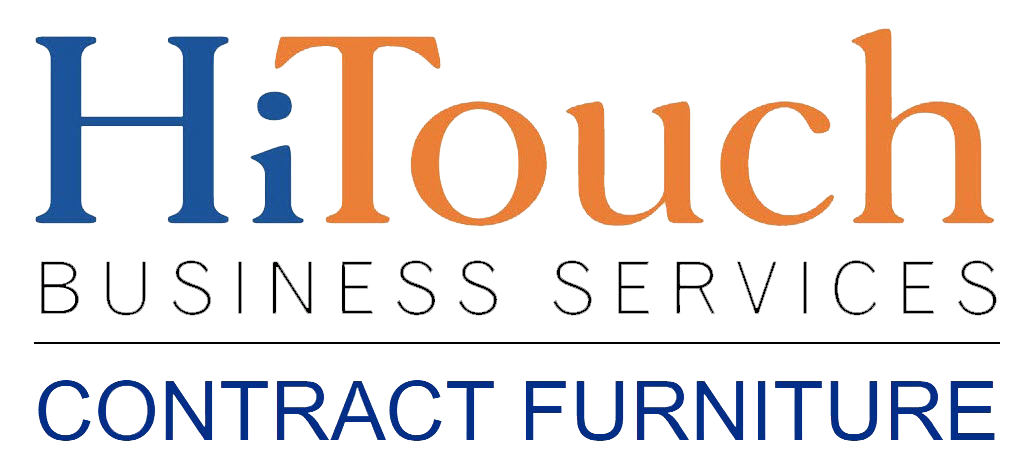Introduction:
In today’s fast-paced work environment, the well-being and productivity of employees are paramount. One often-overlooked aspect that significantly impacts both is ergonomic design. Let’s delve into what ergonomic design entails and why it’s crucial for creating modern workspaces that prioritize health and efficiency.
What is Ergonomic Design?
Ergonomic design focuses on creating work environments and products that fit the human body’s natural movements and capabilities. It aims to reduce discomfort and minimize the risk of musculoskeletal injuries by optimizing factors such as posture, seating, and workstation layout. By incorporating ergonomic principles into workspace design, businesses can create environments that promote employee health, safety, and productivity.

Benefits of Ergonomic Furniture:
Investing in ergonomic furniture offers numerous benefits for both employees and employers. Properly designed chairs, desks, and accessories promote better posture, reduce strain on muscles and joints, and enhance overall comfort. This, in turn, leads to increased productivity, fewer sick days due to injuries, and improved morale among staff. Additionally, ergonomic design can help businesses attract and retain top talent by demonstrating a commitment to employee well-being.
Real-Life Applications:
At HiTouch Contract Furniture, we understand the importance of ergonomic design in creating functional and comfortable workspaces. Whether it’s selecting adjustable chairs with lumbar support for office settings or providing height-adjustable desks for standing workstations, we prioritize ergonomic solutions tailored to our clients’ specific needs. Our team of experienced designers works closely with clients to assess their unique requirements and create customized solutions that promote health and productivity. By incorporating ergonomic principles into our designs, we ensure that every workspace we create is optimized for comfort and efficiency.

In conclusion, ergonomic design plays a crucial role in modern workspaces, offering tangible benefits for both employees and employers. By prioritizing ergonomic furniture and layouts, businesses can create healthier, happier, and more efficient work environments that support employee well-being and productivity.

